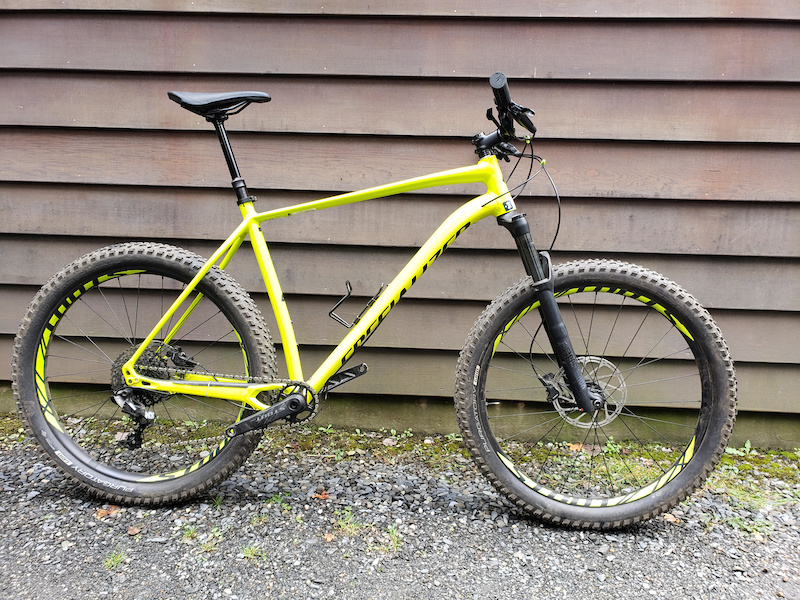

The evolutionary ancestry of arthropods dates back to the Cambrian period. The level of maternal care for hatchlings varies from nonexistent to the prolonged care provided by social insects. Arthropod hatchlings vary from miniature adults to grubs and caterpillars that lack jointed limbs and eventually undergo a total metamorphosis to produce the adult form. Almost all arthropods lay eggs, but many species give birth to live young after the eggs have hatched inside the mother, and a few are genuinely viviparous, such as aphids.

Aquatic species use either internal or external fertilization. Similarly, their reproduction and development are varied all terrestrial species use internal fertilization, but this is sometimes by indirect transfer of the sperm via an appendage or the ground, rather than by direct injection. Arthropods also have a wide range of chemical and mechanical sensors, mostly based on modifications of the many bristles known as setae that project through their cuticles. In most species, the ocelli can only detect the direction from which light is coming, and the compound eyes are the main source of information, but the main eyes of spiders are ocelli that can form images and, in a few cases, can swivel to track prey. The respiratory and excretory systems of arthropods vary, depending as much on their environment as on the subphylum to which they belong.Īrthropods use combinations of compound eyes and pigment-pit ocelli for vision. Their heads are formed by fusion of varying numbers of segments, and their brains are formed by fusion of the ganglia of these segments and encircle the esophagus. Their nervous system is "ladder-like", with paired ventral nerve cords running through all segments and forming paired ganglia in each segment. Like their exteriors, the internal organs of arthropods are generally built of repeated segments. The haemocoel, an arthropod's internal cavity, through which its haemolymph – analogue of blood – circulates, accommodates its interior organs it has an open circulatory system. They are an extremely diverse group, with up to 10 million species. In order to keep growing, they must go through stages of moulting, a process by which they shed their exoskeleton to reveal a new one. Arthropods are bilaterally symmetrical and their body possesses an external skeleton. The arthropod body plan consists of segments, each with a pair of appendages. They are distinguished by their jointed limbs and cuticle made of chitin, often mineralised with calcium carbonate.

ποδός)) are invertebrate animals having an exoskeleton, a segmented body, and paired jointed appendages. Branchiopoda – brine shrimp, tadpole shrimp, water fleas, etc.Īrthropods ( / ˈ ɑːr θ r ə p ɒ d/, from Ancient Greek ἄρθρον (arthron) 'joint', and πούς (pous) 'foot' (gen.Malacostraca – isopods, amphipods, decapods, krill, etc.Arachnida – mites, scorpions, spiders, etc.

Class † Megacheira (possibly paraphyletic).† Pambdelurion (Sometimes treated as lobopodian).† Kerygmachela (Sometimes treated as lobopodian).From top left: † Trilobite, † Eurypterid, scorpion, crab, centipede, and butterfly


 0 kommentar(er)
0 kommentar(er)
